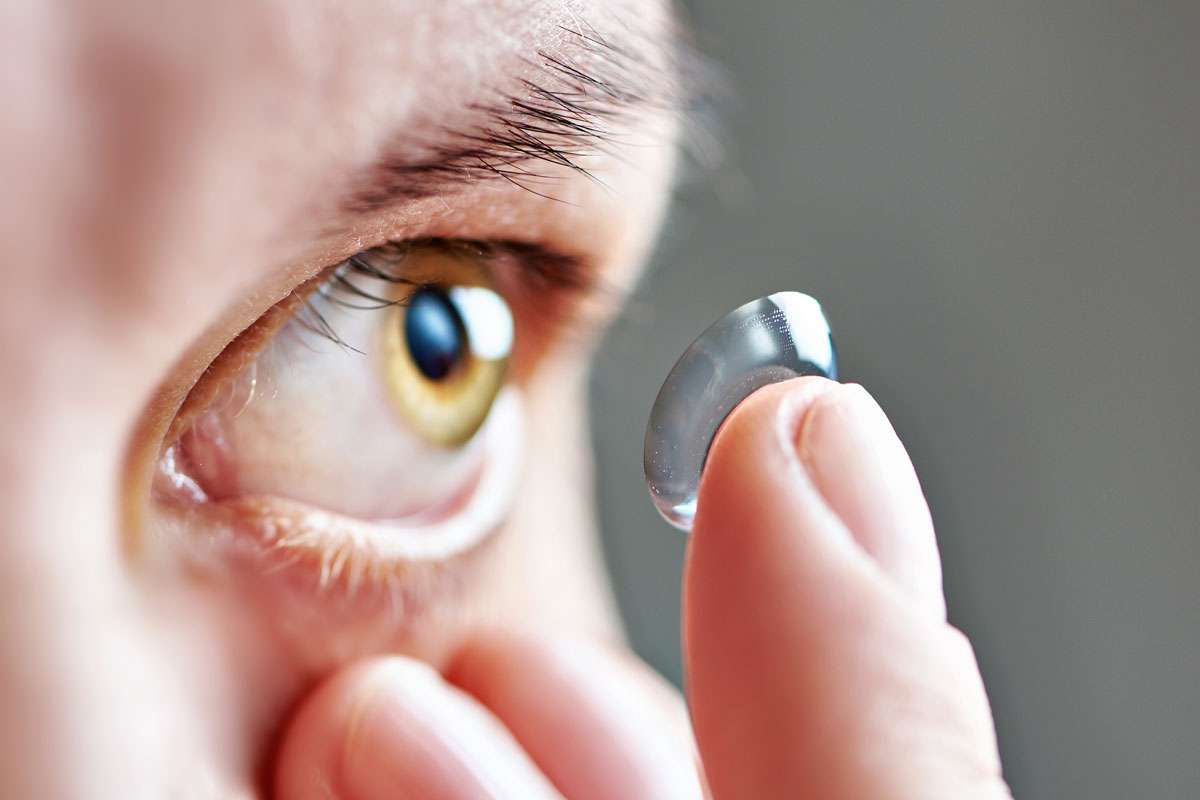Colored Contact Lenses
Colored contact lenses have become much more than a niche accessory or Halloween staple. Today, they’re a regular part of beauty routines, cosplay costumes, and vision correction strategies. Whether someone wants to enhance their natural eye color or completely transform their look, colored lenses offer a flexible and creative option. But with rising popularity comes an equally important question: how do you choose lenses that are not just stylish, but also safe?
That’s where the significance of an FDA-approved colored contact lens brand comes in. With the market flooded by all kinds of options, understanding why FDA approval matters—and how to identify trustworthy products—can help users make smart, healthy choices.
Table of Contents
Why Safety Should Be the First Priority
While it’s tempting to prioritize color, design, or affordability, the eyes are one of the most sensitive parts of the body. Wearing lenses that aren’t properly regulated can pose serious risks, including eye infections, corneal scratches, allergic reactions, or even long-term vision damage.
FDA approval ensures that the lenses meet safety and quality standards for medical devices. This includes the materials used, manufacturing processes, and labeling accuracy. A colored contact lens that is FDA-approved has undergone rigorous testing to confirm it won’t cause harm with proper use.
What Makes a Brand FDA-Approved?
An FDA-approved colored contact lens brand has gone through formal certification processes that evaluate multiple aspects of the lens, such as:
- Oxygen permeability
- Hydration levels
- UV protection (in some cases)
- Material biocompatibility
- Proper labeling and user instructions
These lenses are categorized as medical devices, even if they are used purely for cosmetic purposes. That classification ensures stricter oversight and reduces the chance of substandard or counterfeit products reaching consumers.
Cosmetic Use vs. Prescription Use
Many people mistakenly believe that colored contact lenses used for cosmetic purposes don’t require the same scrutiny as prescription lenses. In reality, they are regulated in the same way. Whether or not a lens corrects your vision, it still sits on your eye and carries the same risks if not properly made or fitted.
Even for zero-power colored lenses, a prescription is typically required. This ensures the lens size fits your eye correctly, reducing the chance of irritation or movement that can blur vision or cause discomfort.
The Appeal of Yearly Contact Lenses
Among the many options available, yearly contact lenses are popular for their cost-effectiveness and convenience. Instead of changing lenses every day or month, users can wear the same pair for an entire year with proper care.
ICOICE yearly contact lenses, for example, are designed to be durable and maintain color consistency over time. These lenses are often crafted from materials that withstand daily handling, cleaning, and storage while still offering a natural look and feel.
The benefits of yearly lenses include:
- Lower overall cost compared to daily disposables
- Consistent color and fit
- Reduced waste from packaging
However, they also demand greater discipline in cleaning and maintenance. Regular disinfection, careful storage, and avoiding overnight wear are crucial to preserving both the lenses and your eye health.
Choosing the Right Pair for You
With so many designs and durations available, choosing the right colored lenses can feel overwhelming. Here are a few tips to narrow down your options:
- Prioritize FDA-approved brands: Always check that the lenses are regulated and safe.
- Match the lens to your lifestyle: Daily lenses are convenient for infrequent use; yearly lenses are better for regular wearers.
- Consider your skin tone and natural eye color: Some shades complement certain features more naturally than others.
- Start subtle if you’re new: Natural blends or enhancement tints are great for beginners.
Consulting with an optometrist can also help you get a proper fitting and learn about any specific precautions related to your eyes.
The Shift Toward Safe Beauty Trends
The growing demand for colored lenses mirrors the broader shift in beauty culture toward personalization. People want to experiment with their appearance—eye color included—without compromising safety or comfort. As a result, there’s a noticeable push toward certified products and better-informed consumers.
FDA-approved colored contact lens brands are part of that movement. They represent a balance between aesthetic freedom and health responsibility. With more education and access to safer options, users no longer have to choose between looking good and feeling secure.
Final Thoughts
Colored contact lenses are a powerful tool for self-expression. They can subtly enhance or dramatically alter your look, offering a sense of transformation that few other beauty products can match. But with that power comes responsibility. Prioritizing lenses from FDA-approved colored contact lens brands ensures that you can enjoy the fun without the risk.
Whether you’re wearing them daily or trying out a new pair of ICOICE yearly contact lenses for special occasions, the best choice is always the safe one. After all, your eyes deserve style and protection in equal measure.

